So, think you know every tank out there? Well, World of Tanks Generals has a lot of unique cards from infantry to assets to tanks. You won’t find these vehicles roaming the battlefields of other Wargaming titles but storming the Bridgehead instead. In this article we’re looking at a few of these cards from several different nations.
T-24
The T-24 was a Soviet medium tank built in 1931 and the first tank produced at the Kharkov Locomotive Factory in Ukraine (KhPZ). Only 24 of the tanks were ever built, and none of them saw combat. However, the T-24’s suspension was utilized in the Soviet Union’s first purpose-built artillery tractors.
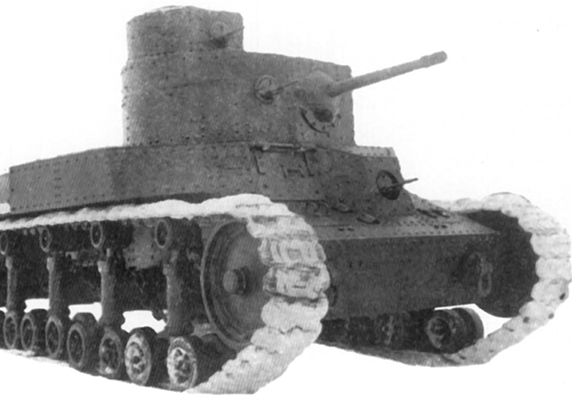
In 1928, a tank design bureau was established at the Kharkov Locomotive Factory (KhPZ) in Soviet Ukraine. This factory’s first project was the T-12 (or T-1-12), which was a larger version of the T-18 with a more powerful engine. Only one prototype was built and this was enough for the project to be given the greenlight. In 1930, 30 tanks were authorized. However, the automotive power of the tank was so abysmal that further development was needed.
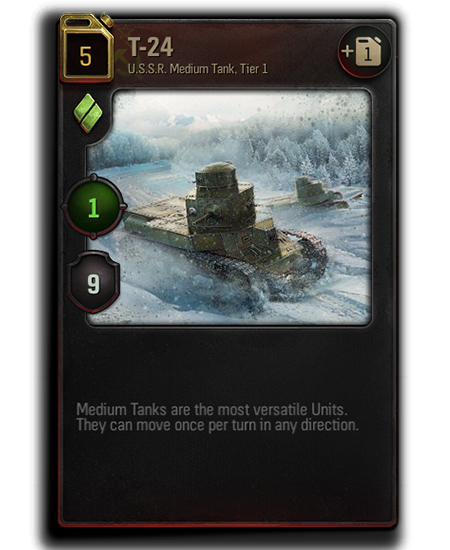
Ultimately, though improvements were made to the T-24’s transmission, fuel system and turret, the tank was found unreliable and only used for training and parades.
The T-24 is related to the T-12 and to Komintern & Voroshilovets artillery tractors. The Kharkov Locomotive Factory was also responsible for the successful T-34 and T-54 Soviet tanks.
A-40
A good number of Generals may recognize this card from our April Fools’ Day shenanigans. The Antonov A-40 Krylya Tanka (Tank Wings) was a Soviet tank designed to be able to glide majestically onto the battlefield after being towed into the skies by an airplane. The idea was that the A-40 would support airborne forces or partisans. A prototype was built and tested in 1942, but it was ultimately unfeasible.
The Antonov A-40. By Kaboldy (Own work) [CC BY-SA 3.0]
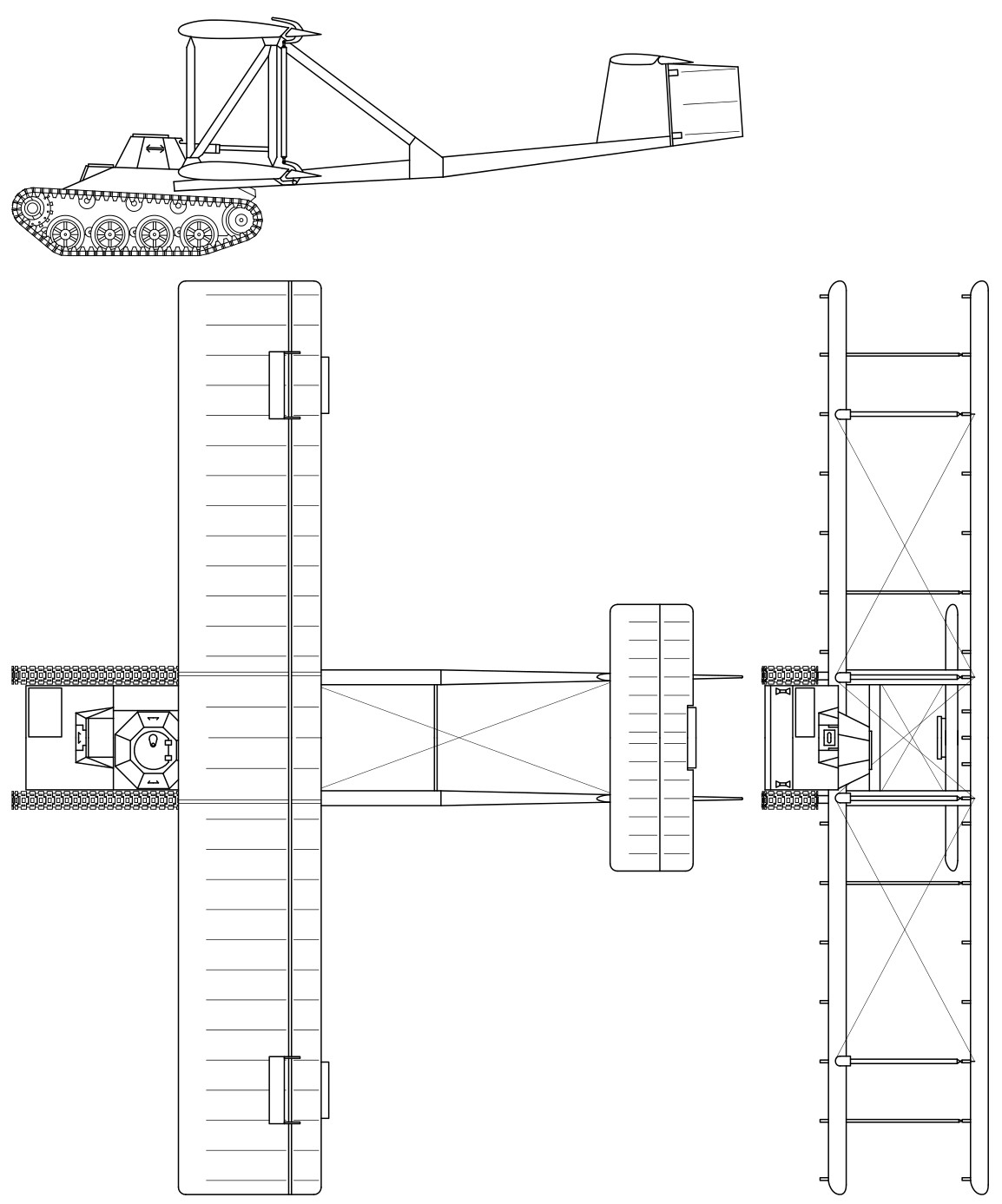
While other nations had loaded light tanks onto gliders, Soviet airborne forces had secured T-27 tankettes underneath heavy bombers and landed them on airfields. Other experimental ideas included parachuting tanks or dropping them into the water like angry metal boulders. However, the main problem was the separation of crew and tank.
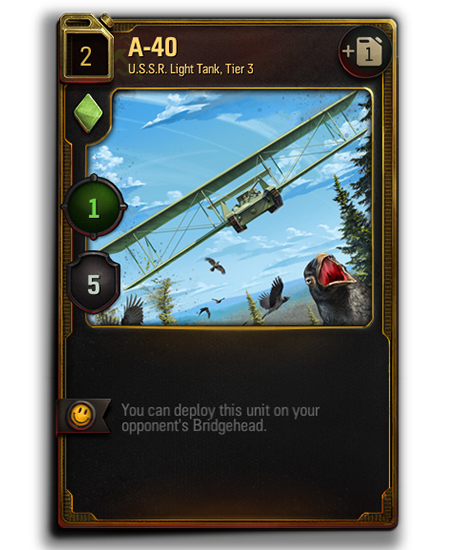
This is where Antonov entered the cockpit. In lieu of a glider, he added a detachable cradle to a T-60 light tank. The design made use of a large wood and fabric biplane wings and twin tail. This kind of tank was able (in theory) to glide onto the battlefield, shed its wings, and be ready to fight within minutes. However, to make it work, the A-40 had to forfeit a lot of its armaments, ammunition and fuel.
Over time, the Soviet Union continued to develop methods of airborne deployment, and by the mid-1970s they were able to para-drop BMD-1 fighting vehicles with their crew aboard.
Liberty
The Liberty, which was also known as the Tank Mark VIII or The International, was an Anglo-American tank design of World War I. Its intended purpose was to surpass the limitations of earlier British designs, as well as serve as a collaborative effort to outfit France, the UK and the US with a unified heavy tank design.
_Tank.jpg)
After the US Army established headquarters in France, it decided to create its own tank corps consisting of 25 tank battalions, which included five heavy tank battalions. Initially, 600 Mark VI tanks were ordered from the British in October, 1917. The Army tried to convince the Department of War to send all available tanks to the Army, which caused the first of many conflicts with the Navy.
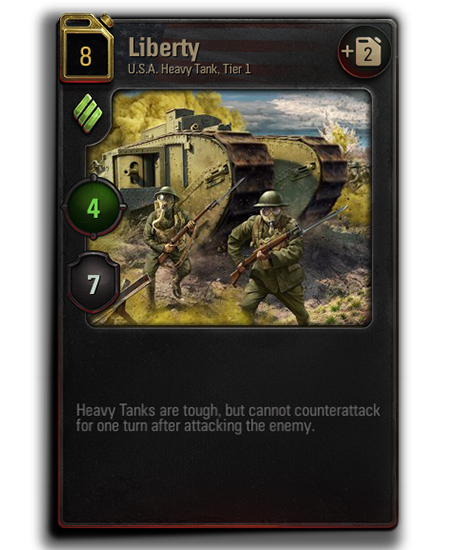
To remedy these growing issues, Winton Churchill (who was the Minister of Munitions) had received an “International Plan” of ten points, submitted to him by the Commissioner for Mechanical Warfare, Albert Gerald Stern. This list detailed the partnership between the USA and Great Britain, which would build 1500 heavy tank in France, amongst other design stipulations. This new tank would come to be known as The Liberty.
T6
An early name for the M4 Sherman, the T6 was originally part of five design proposals for a medium tank put forth by the US Army in April, 1941. The T6 had the same chassis as the M2A1 and M3, but included a new turtle shell hull, doors at the side of the hull and a central one combined with the turret.
The T6. Credit to Ryan Crierle
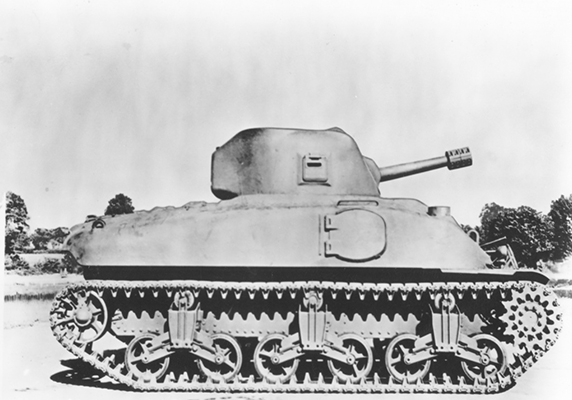
A wooden mockup and prototype was commissioned by the Ordnance Committee in May 1941. The first prototype built was completed in Aberdeen and had a cast iron hull. The second, known as the “pilot” was built at Rock Island Arsenal, Illinois, an area comprised of 946 acres controlled by the U.S. Army.
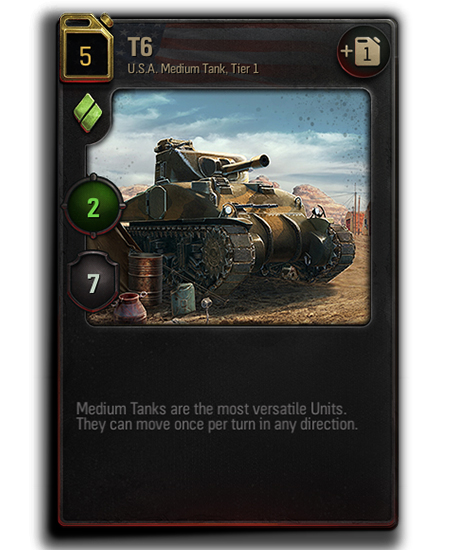
The T6 was unveiled to the Armored Forces and the Ordinance Department at Aberdeen in September, 1941. It was equipped with a 75 mm M2 cannon, with counterweights secured at the end of the barrel for balance. Several changes followed: the two sponson doors were removed, as was the high cupola. When testing was deemed successful, the name M4 medium tank was standardized in October, 1941.
T-21
The Škoda T-21, a Czech medium tank, was Škoda’s contribution to the IIc army category and served as competition to the Praga V-8-H. The main design for the T-21 began in September 1936, and the first prototype was completed in May, 1937. From this design, many variants were made that continued after the war.
In the early 1930s, Praga and Škoda were both competitors for Czechoslovakian army contracts, as well as in the exporting of goods. Both these companies tried and failed to create successful infantry support tanks despite the success of their light tanks such as the LT-35.
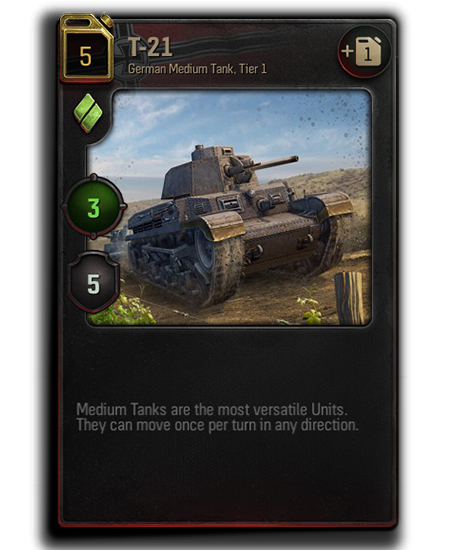
To find a solution to this problem that was mutually beneficial, Praga and Škoda decided to collaborate on the ŠP-IIb, but this too was unsuccessful. What did not help was the fact both companies continued to work on independent designs.
While the T-21 went through many designs and modifications, the Germans later named it the Škoda T-21 (T = tank, 2 = medium, 1 = 1st variant). They later decided to create their own version, which became the T-22.
A7V
The A7V was a German tank introduced during World War I in 1918. Originally, 100 chassis were ordered in early 1918; ten would be finished as fighting vehicles while the remainder would be cargo carriers. However, the number was later increased to 20. The A7V saw action from March to October of the same year, and were the only tanks produced by Germany in World War I that were used in operations.
A7V tank at Roye on March 21, 1918. Bundesarchiv, Bild 183-P1013-316 / CC-BY-SA
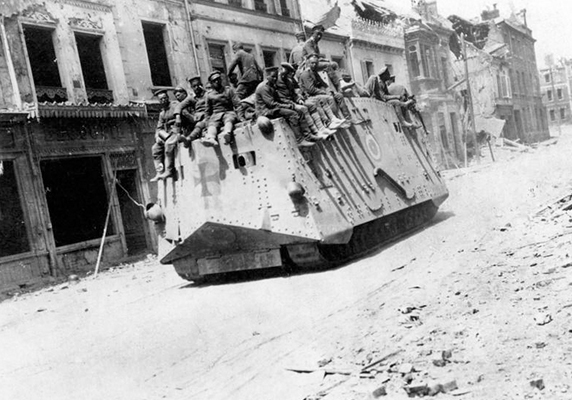
The Allgemeines Kriegsdepartement, 7. Abteilung, Verkehrswesen (“General War Department, 7th Branch, Transportation”) was formed in September 1916 after British tanks had taken to the Western Front. Joseph Vollmer was the reserve captain and engineer given the task of producing the first German tank.
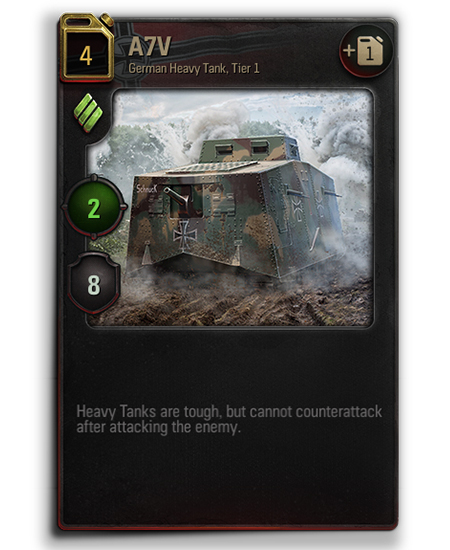
The vehicle was to have a mass of around 30 tons, be able to cross ditches up to 1.5 meters wide, have cannons at the front and rear, plus numerous machineguns, and be capable of reaching a top speed of at least 12 km/h. The first prototype was completed and tested on April 30, 1917. The vehicles were then first used in combat on March 21, 1918 and 20 were built in total.
So what’s your favorite tank in Generals that’s not featured in World of Tanks? Let us know!